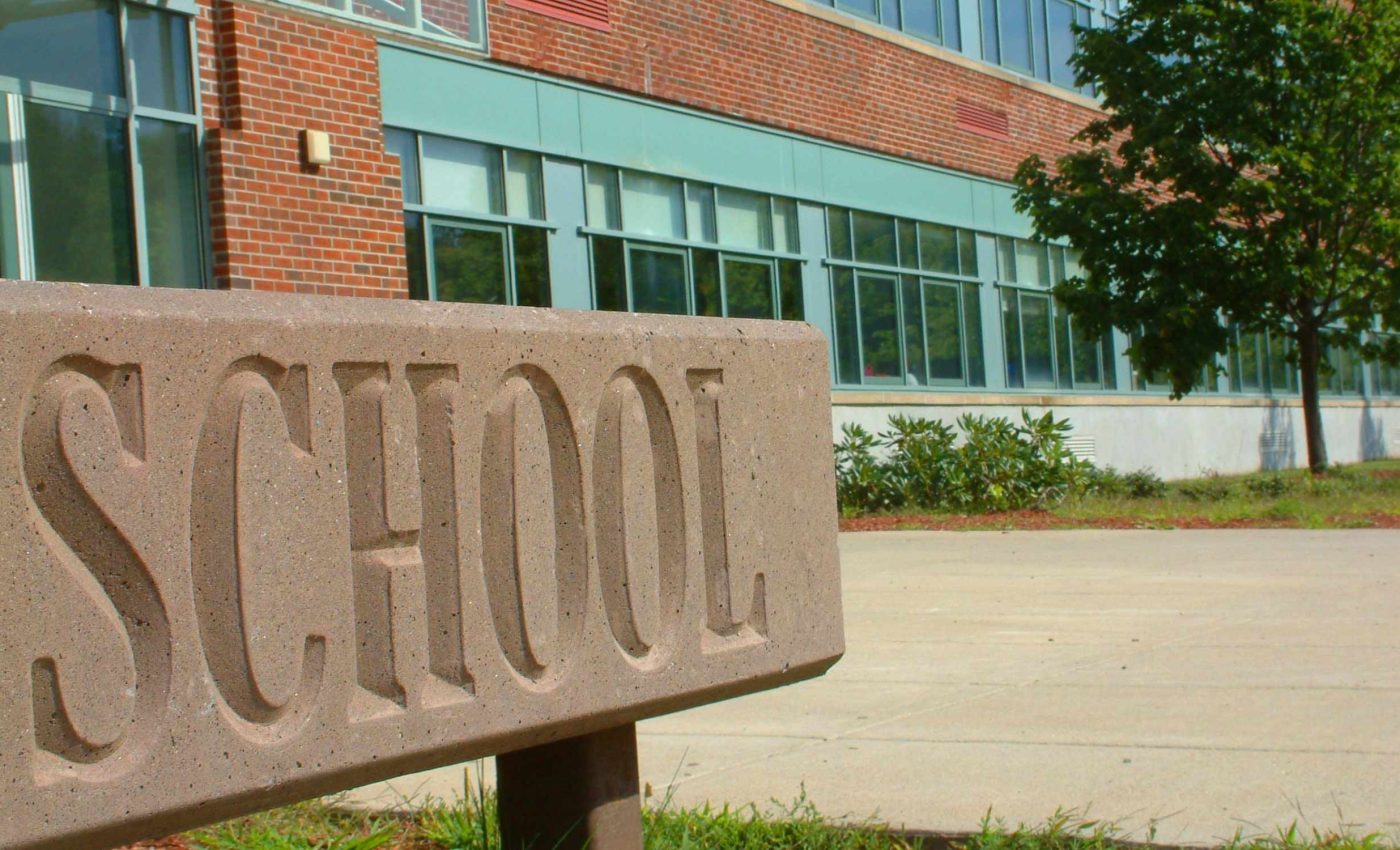
EPA warning: Thousands of U.S. schools have high levels of a deadly toxic gas
Most people expect clean air in school, yet a quiet threat can build up in hallways and classrooms. The culprit is radon, a radioactive gas that seeps from soil into buildings, and collects indoors.
Public health agencies have linked radon to lung cancer risks that rival other well-known hazards. Radon is the leading cause of lung cancer among non-smokers, and it is associated with about 21,000 deaths in the United States each year.
Why radon is in U.S. schools
Students and staff spend long hours in ground-level classrooms where airflow is often limited. Testing for radon isn’t optional, it’s essential for protecting their health.
Experts in national radon monitoring programs report that current indoor levels are higher than the Environmental Protection Agency’s original estimates.
Continued data collection across multiple states suggests that many older county maps significantly understate the true extent of radon exposure in homes and schools.
Schools are not immune to the same geology that affects nearby homes. Locations with fractured rock, sandy soils, or historic fill can show sharp differences between one room and the next.
Testing U.S. schools for radon
Radon forms underground as uranium decays in rock and soil, then moves along the path of least resistance.
When air pressure is lower indoors than in the soil, the building can draw gas in through cracks, gaps around pipes, or block wall cavities.
A picocurie per liter, written as pCi/L, is the unit used to describe how much radioactive decay happens in a liter of air. Higher numbers mean a higher rate of decay, and therefore a higher dose to the lungs.
According to the EPA’s 2025 school measurement guide, schools should measure radon in all frequently used ground-contact rooms. Concentrations can vary widely, even between neighboring spaces.
The guide outlines where to place testing devices, how to schedule short-term measurements, and when to conduct follow-up tests, especially during colder months when buildings are closed and air circulation is reduced.
Short-term tests are often the starting point, especially during winter when buildings are closed up. Long-term tests can confirm patterns and guide where to spend money first.
Actions to take when radon is high
The EPA advises fixing buildings when radon levels reach 4 pCi/L, and considering action at 2 pCi/L.
Schools usually hire certified experts who know how to handle large buildings with different air systems and crawlspaces.
Most systems rely on mitigation steps that reduce the pressure difference and block entry points. One common method is subslab depressurization, which vents soil gas from under the slab to above the roof where it disperses safely.
On January 30, 2025, the Boise School District reported elevated radon in three North Junior High classrooms and moved quickly to increase ventilation and retest. The district continues to post results and mitigation plans.
That kind of transparency helps families understand both the risk and the fix. It also builds trust when numbers change after repairs.
Radon measurement data gaps
Many states and districts do not require routine radon testing in public buildings. That leaves schools dependent on local priorities, budgets, and expertise.
A pooled European case control study found that lung cancer risk increases with residential radon, even at levels below common action thresholds.
This finding supports a conservative approach in schools that serves both non-smokers and smokers.
Ventilation settings, occupancy, and weather all influence indoor concentrations of radon. A fan schedule change can even nudge a room above or below an action level.
Safety teams should track where devices were placed, how rooms are used, and whether renovations might have opened new pathways. That record makes retesting faster and cheaper.
Instituting a radon protection program
Organize the work with clear roles for administrators, facilities, nurses, and local health partners. Share plans and results with families, then invite questions and keep the conversation going.
Walk buildings with floor plans in hand and note foundation joints, slab penetrations, and older duct chases. Track findings in a simple database so the next round of testing builds on what you already know.
Protecting school kids from radon
Set a schedule that covers all frequently occupied ground-contact rooms within a reasonable window. Prioritize fixes where students spend the most time and where radon gas levels are highest.
Validate the results after any repair and after major HVAC changes. Keep a calendar reminder to retest on a regular cycle so progress does not fade.
Ask your district when your child’s school was last tested, which rooms were sampled, and what the results showed. Request the plan for follow-up testing and ask how future renovations will protect against radon entry.
If your home is near the school, consider a low-cost test to understand your own baseline. The same physics applies, and a simple test can reveal a lot.
Information for this article was obtained from an Environmental Protection Agency press release.
—–
Like what you read? Subscribe to our newsletter for engaging articles, exclusive content, and the latest updates.
Check us out on EarthSnap, a free app brought to you by Eric Ralls and Earth.com.
—–













